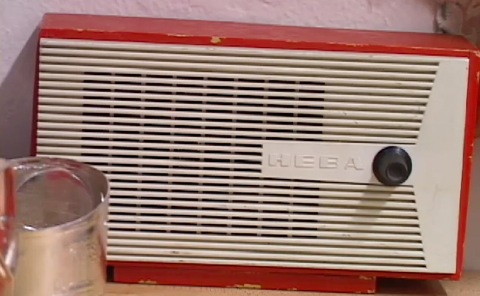The Soviet Apartment Project
During the 2007-08 academic year, four UCSC students, three undergraduates and one graduate, lived in the “Kommunalka,” a Soviet-style communal apartment in Cowell College that also served as a Russian language house. In keeping with the tradition of such space, each student was given personal, but not entirely private space: the apartment was organized so that access to the bathroom and kitchen required crossing through another member's room. It was also furnished in Soviet style, with bookshelves full of Soviet books, the cupboards with Soviet-style food, and the rooms decorated and arranged according to the Soviet style of the 1970s-80s.
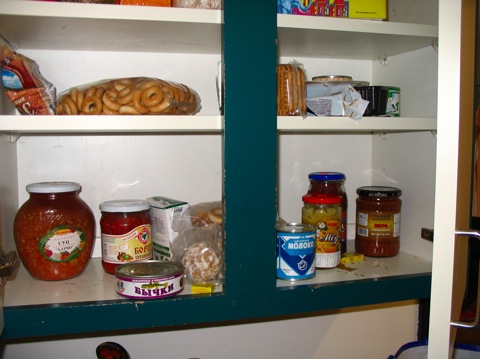
Recorded television broadcasts and films from the Soviet period were provided for viewing on an old black-and-white TV, which did not have an antenna or cable connection to provide alternative viewing.
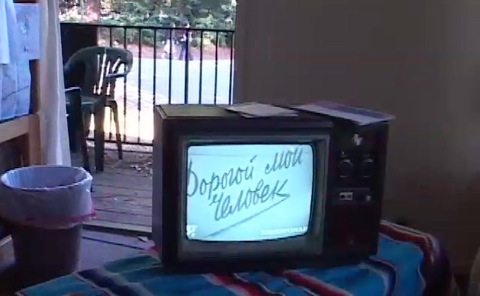
The residents also engaged in experiential exercises (buying only groceries that were available in Soviet stories, using only public transportation, washing clothes in the bathroom, etc).
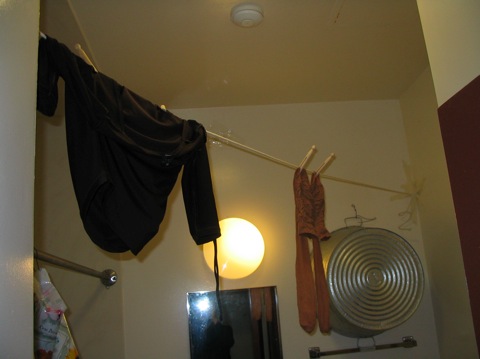
All of the residents spoke Russian, and were encouraged to do so as much as possible in their daily lives in the apartment.


Svetlana Boym, whose work on the communal apartment was an important reference for our project, sent us a greeting, recalling her own experience growing up in a Soviet communal apartment.
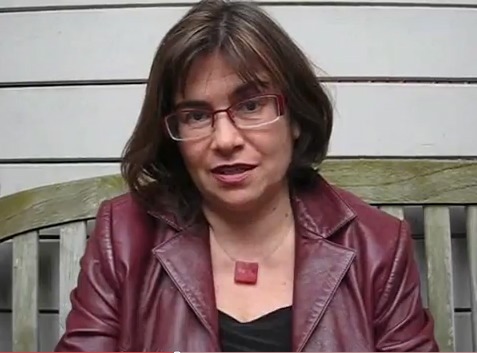
She also provided a short bit of reportage in the style of a Soviet newscast. She begins with an acknowledgment of her American comrades, and then reads from the official TASS report on the anti-Soviet activity of Abram Tertz/ Andrei Sinyavsky.
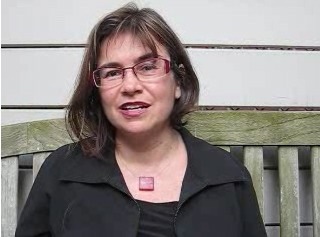
The residents also agreed to adopt archetypal Soviet personae (the “Komsomolets,” or Young Communist League Member, the Academic, the Dreamer, and the Dissident) with the aim of representing orientations to everyday Soviet life and sharpening interpersonal dynamics. Each character was given appropriate attributes, artifacts and assignments.
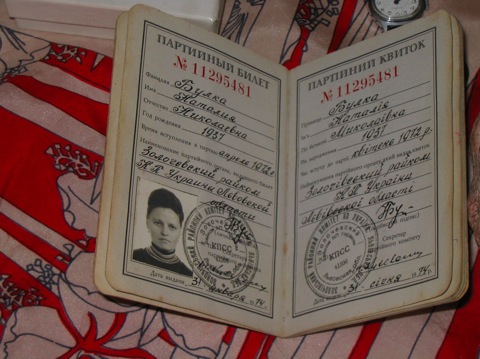
The Dreamer, for instance, was fascinated with space travel and fantasized about various means of transcending his mundane existence (recalling Ilya Kabakov's “The Man Who Flew into Outer Space from His Apartment”). His wall was decorated with Soviet era QSL cards (acknowledgments of ham radio transmissions received) and memorabilia of Soviet space travel.

The Wende Museum in Los Angeles, a museum collecting Soviet Bloc artifacts of the Cold War, co-sponsored the project, and provided some artifacts and expertise.
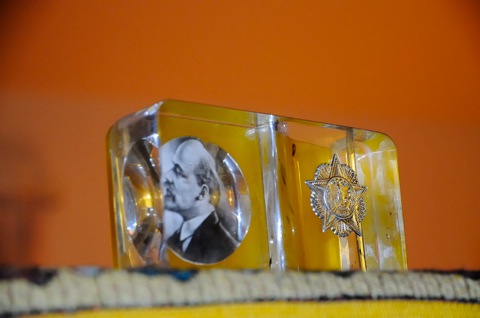
Cultural historian Vladimir Paperny made a film of the project for broadcast on the Russian television station NTV.

The apartment also hosted several distinguished guests, including the poet Aleksander Skidan, who gave a reading in the tradition of Soviet underground performance.

We also held several open houses, with students providing tours and, on one occasion, performing roles appropriate to their Soviet personae.
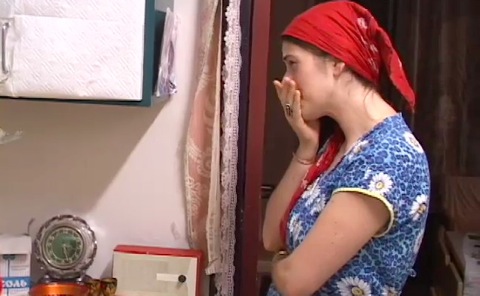
An accompanying course on Soviet everyday life was offered through Cowell College. The course included guest lectures by Irina Paperno (U.C. Berkeley), Aleksei Yurchak (U.C. Berkeley), and Vladimir Paperny (Los Angeles).
The apartment served as a “lab” for the course, helping to bridge the cultural gap we wished to cross. The course also provided a structure for looking at some of the most interesting current scholarship in Russian studies, and had a natural interdisciplinary orientation that connected to a broad range of other fields in the humanities, social sciences, and the arts. The project received wide support and interest, and I hope to revive it in the future.
